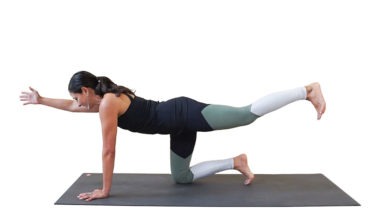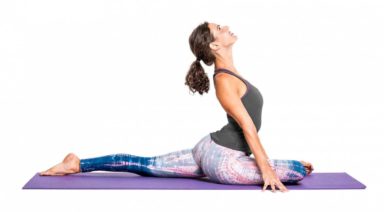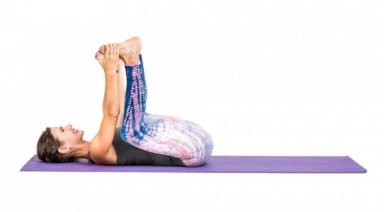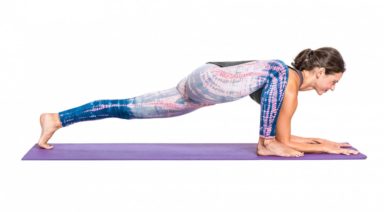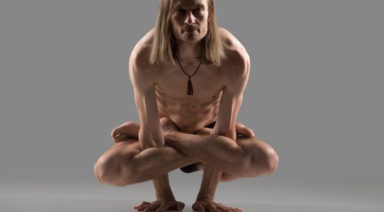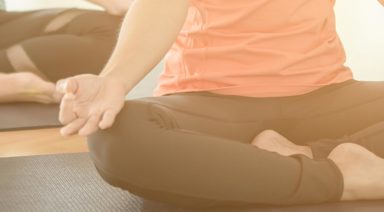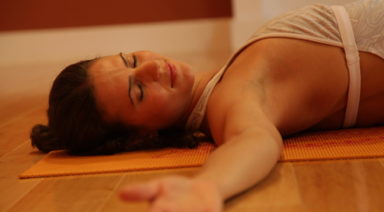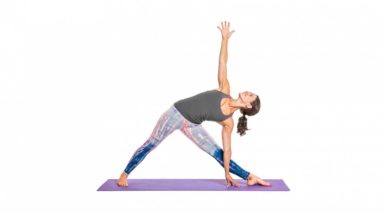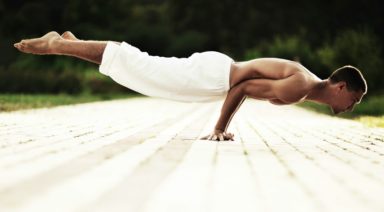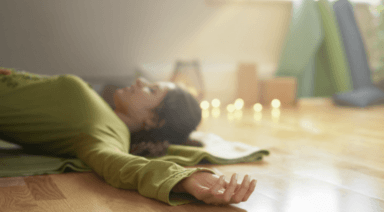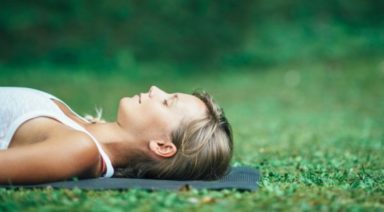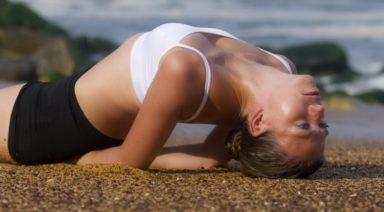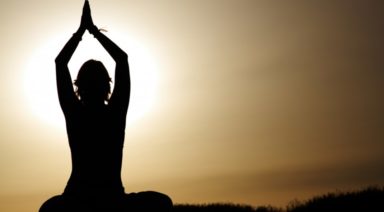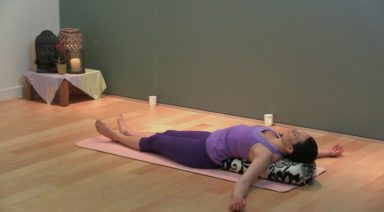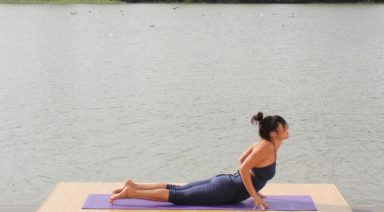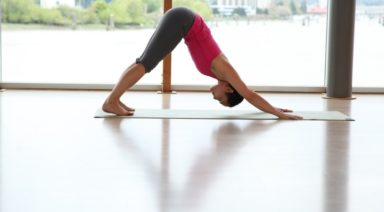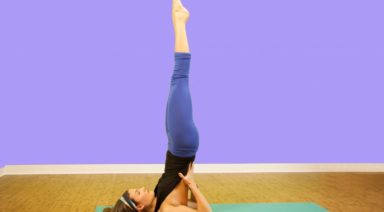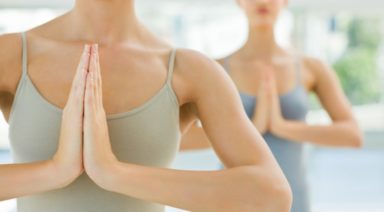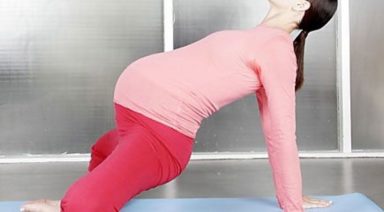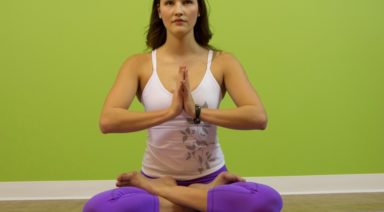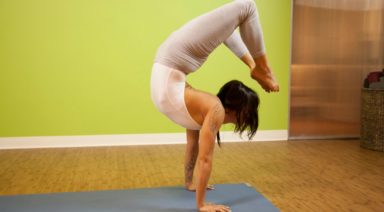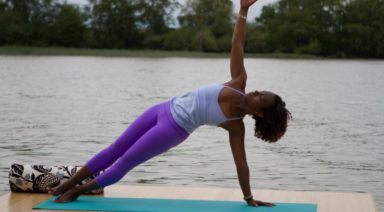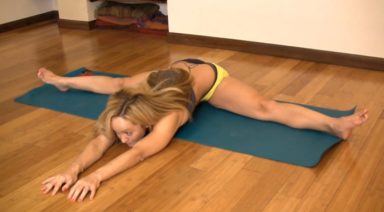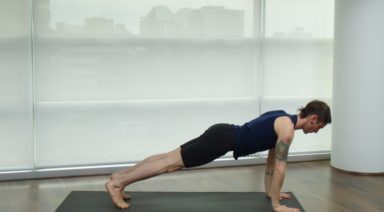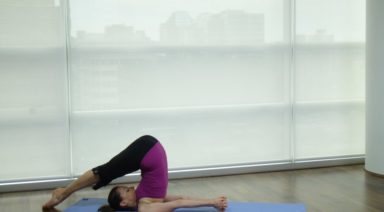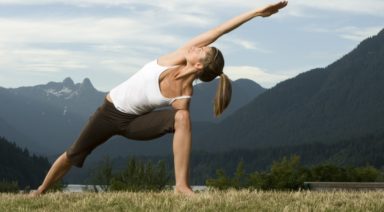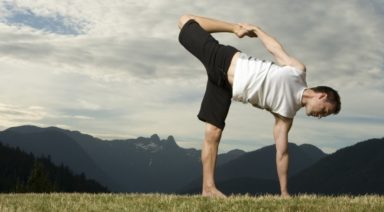Squat Pose Yoga: Malasana – Garland Pose
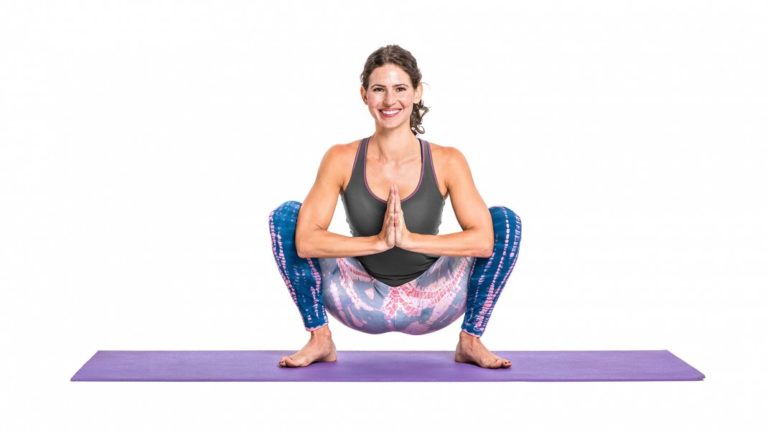
Malasana (Mah-LAHS-anna), also known as the Squat or Garland Pose, is a mild hip opener that stimulates your metabolism while stretching your groin and hips. During each exercise, make sure to maintain a focus on your breathing.
Sanskrit:
- Mala: garland, impurity
- Asana: pose
Philosophy and Origins:
Malasana has deep roots in the grounding properties of yoga, helping us restore aspects of our lives and spirituality that we may have lost or forgotten. The need to “ground” oneself can be satisfied through the regular practice of this pose among your yoga routines. This pose taps into our downward-flowing energy known as apana vayu. Malasana not only helps calm the mind and ground our souls, but also reinforces the body’s lower body and helps with digestion. The downward flow of apana vayu, when experienced through this exercise has long been believed to help the mind and body digest whatever may be holding them down or back, physically and emotionally.
Tips:
This hip opener stretches the hips and groin. While this can help with relief from discomfort and prevent strain, exercise caution. Go slowly and don’t push your body beyond its limits.
Level:
Beginner (1)
Physical Benefits:
- Stretches groin, lower back, sacrum and hips
- Tones the belly
Energetic Benefits:
- Stimulates metabolism and digestive organs
Mudra: Anjali Mudra
While practicing this pose, focus on stretching and stimulating your body through this exercise. This mudra is specifically useful for bringing extra energy into your exercise and when you feel drained. The Anjali Mudra, when practiced with your exercise, can aid in the stimulation of the metabolism and an increase in your energy. This mudra is also known to help balance the hemispheres of the brain and is used as a holistic remedy for various stressful and anxious feelings.
How to: Press both hands firmly together, beginning with the palms and touching the tips of each finger and thumb to the opposing hand’s matching finger or thumb. Once together, evenly distribute this pressure between each of your fingers and thumbs, keeping them pointed upwards towards the sky.
Mantra:
Rum bum lum dhum
By chanting this mantra before, during or after your exercise, you aid in this exercise’s ability to affect the stimulation of digestive organs and metabolism. This mantra is also believed to reduce the levels of sugar in the body, making it beneficial for people with diabetic conditions as well. “Rum” is thought to activate the liver, stomach and pancreas, while “Bum” ignites the spleen and “Lum” begins the body’s absorption process. “Dhum” is used as to elicit comfort and the recitation of this chant will help with the digestion of any food.
Preparatory Poses:
- Baddha Konasana
- Upavistha Konasana
- Virasana
Follow-Up Poses:
- Uttanasana
- Adho Mukha Svanasana
- Bhujangasana
Contraindications and Cautions:
While this pose is a relatively mild hip opener, you should check with a doctor before performing the pose if you have any of the following conditions:
- Knee injuries
- Lower back injuries
- Tight hips or groins
Adjustments/Modifications:
- If your heels don’t touch the floor, place foam blocks, a wedge or a rolled up blanket under the heels
- If you feel pressure in your knees, place a big foam block under your hips, and sit on the block like a stool
- To intensify the stretch in your groins, place one hand on the ground on the inside of your foot and extend the opposite hand to the sky for a twist and hold, then switch sides
Step-By-Step:
- Start in Mountain Pose (Tadasana), with your feet slightly wider than hip distance apart. Pivot your feet so your toes are wider than your heels.
- Bend your knees deeply, sinking down until your hips are lower than your knees, a few inches off the floor.
- Bring your palms together at heart center, and wedge your elbows one at a time, to the inside of your knees.
- Push your elbows into your knees to open your hips, and gently press the inside of your knees into your elbows. Draw your heart forward and up, attempting to bring length into your lower back and spine.
- Stay here for 30 seconds to one minute. To get out of the pose, either sit back onto your buttocks, or push back up to standing.
###Legal Disclaimer Before participating in any exercise program or using any fitness products or services that may be described and/or made accessible in or through the Gaia Website and/or the Services, you should consult with a physician or other healthcare provider. Read more about Gaia’s Terms Of Use.
Vyaghrasana: Tiger Pose
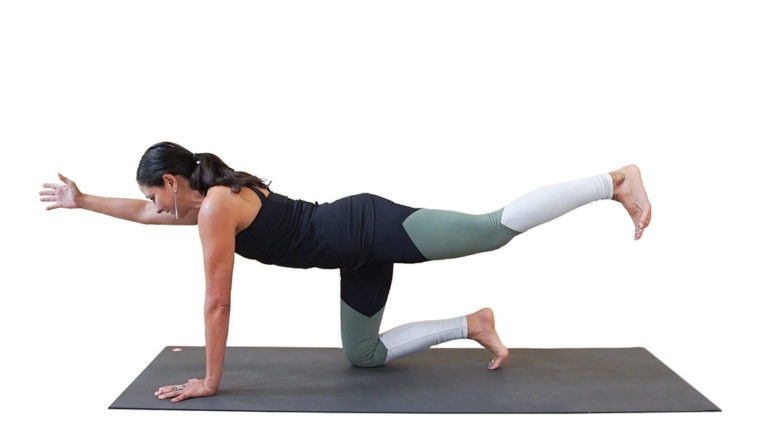
ADJUSTMENTS | BENEFITS | SEQUENCING | SANSKRIT | STEPS
Vyaghrasana is a great core-strengthening pose in preparation for your practice. Lift your belly and hover opposite arm and leg to feel the foundational core strengthening for balancing and back bending poses.
ADJUSTMENTS/MODIFICATIONS:
- Blanket: For tender knees, place a blanket on the ground to add extra cushion.
- Wrist adjustment: For tender wrists, place your fist on the ground rather than a flat palm.
- Balance challenge: Lift and extend the corresponding arm and leg rather than the opposite.



